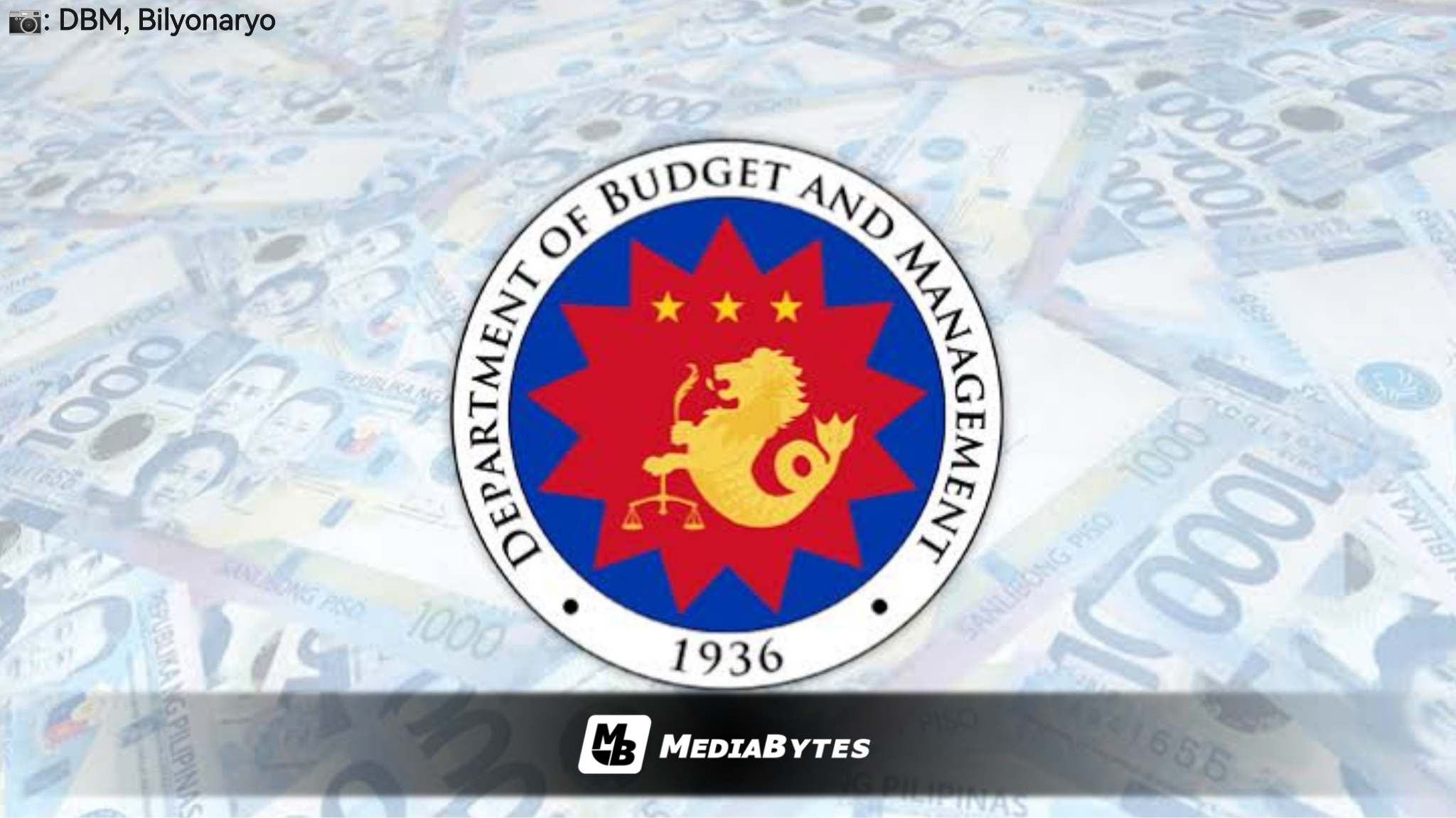
The Department of Budget and Management (DBM) has earmarked ₱249.98 billion for unprogrammed allocations (UA) in the proposed 2026 budget, as it formally submitted the National Expenditure Program (NEP) to Congress — marking the start of months-long budget battles.
Unprogrammed allocations are among the most contentious items in the budget because they have no guaranteed funding. These projects can only move forward if the government generates excess revenue or secures loans for foreign-assisted projects.
For 2025, the DBM’s original UA proposal was ₱158.66 billion. Congress later inflated this figure to ₱363.24 billion during deliberations. The proposed 2026 UA is smaller than Congress’ final 2025 figure but still higher than the DBM’s initial 2025 proposal.
While UAs aren’t counted in the official total budget since they lack earmarked funds, they have repeatedly been used as a fiscal “wild card” — often swelling behind closed doors.
During President Ferdinand Marcos Jr.’s term, ballooning UAs have become a recurring pattern. In 2023, the DBM sought ₱588.16 billion in unprogrammed funds, but Congress raised it to a staggering ₱807.16 billion.
The 2025 budget saw a similar maneuver: ₱158.6 billion was proposed and approved in open session, but the amount more than tripled after a closed-door bicameral conference committee meeting between select House and Senate members.
Budget watchdogs and some lawmakers have slammed this process as opaque and ripe for abuse, warning that the lack of transparency fuels public distrust in how taxpayer money is handled.



